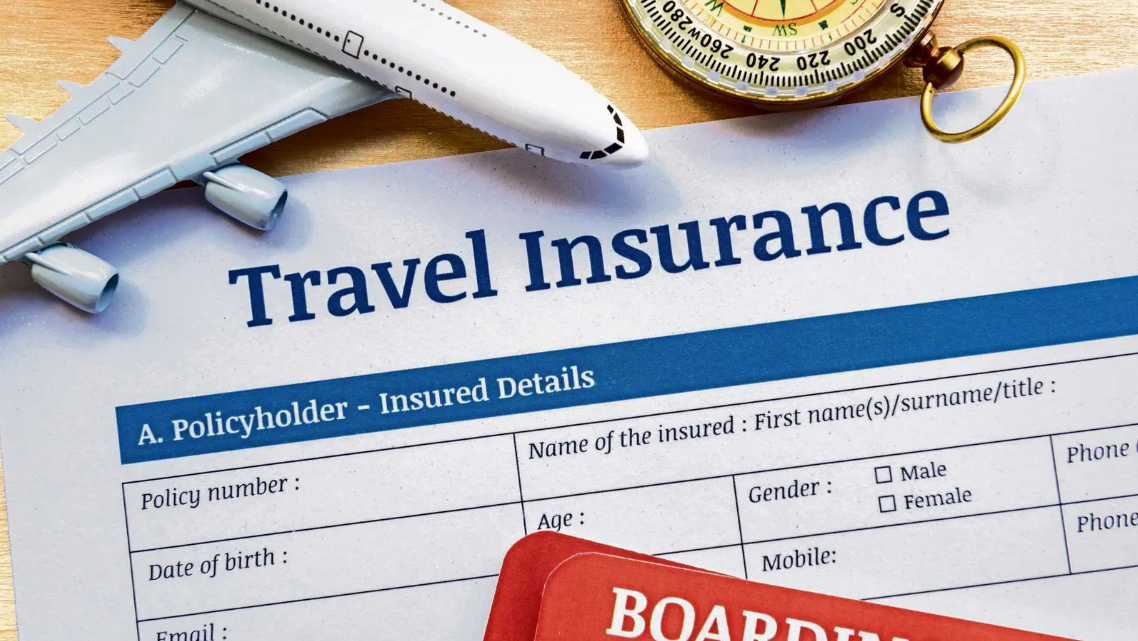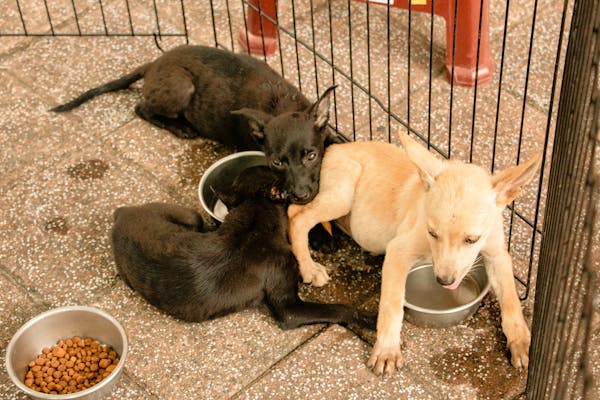How AT&T, Google, and Apple are shaping the future of 911
In excess of the coming months, AT&T is rolling out cellphone locale monitoring that’s built to route unexpected emergency phone calls to 911 extra quickly. The organization states the new function will be nationwide by the end of June and need to make it simpler for, say, an ambulance to access somebody suffering from a health care crisis. At first glance, it looks like a no-brainer. But it is also a reminder that as phone corporations guarantee to preserve life, they’re also using a lot more details about you in the approach.
The AT&T enhance is portion of a broader effort to modernize the country’s solution to unexpected emergency reaction. T-Mobile has also began applying spot-based routing, and experts explained to Recode that the know-how could eventually be common. At the similar time, the federal authorities is in the midst of a nationwide force to get 911 call facilities to undertake a technological innovation referred to as Up coming Technology 911, which will allow individuals not only to call 911 but also to mail texts which includes pictures and video messages — to the crisis line.
In the meantime, Apple and Google have created new program that can specifically pass on details from someone’s device, like facts saved on a wellbeing application. The hope is that extra details will preserve very important time throughout emergencies, but privateness professionals are presently warning that the similar technological innovation could be misused or exploited.
“I just be concerned what takes place the subsequent time there is a tragedy, the future time men and women are worried, and the next time there’s an opportunity to use this information in methods it was under no circumstances intended,” Albert Fox Cahn, the govt director of the Surveillance Engineering Oversight Undertaking (Prevent), told Recode.
One of the primary techniques cellphone networks approach to use this info is to join callers with the ideal 911 operator additional swiftly. For the reason that the 911 process was created to work with landlines, phone calls to 911 designed by means of cellphones (cellular phones spot the bulk of 911 calls) in some cases get routed to the completely wrong 911 middle. In sites that use older technologies, cellphones will commonly connect to the 911 operator affiliated with the antenna on the mobile tower that procedures the contact, not the 911 operator in the jurisdiction the human being calling is at this time in. When these phone calls are misdirected, it can at times just take quite a few minutes to be connected to the appropriate dispatcher.
To tackle this trouble, carriers are turning to the sensors in smartphones, like GPS, wifi antennas, accelerometers, and force sensors. Based on the mobile phone you have, possibly Apple or Google can then use these sensors to estimate your present-day site. (Google’s technique is referred to as Emergency Spot Service, or ELS, and Apple’s system is termed Hybridized Crisis Spot, or HELO.) With AT&T’s and T-Mobile’s new systems, when a person helps make a phone to 911, the cellular phone network will use this locale estimate to make a finest guess as to where anyone is, and then join the call to the suitable 911 operator. AT&T says the entire procedure should really get about five seconds and is supposed to track down someone’s simply call in 50 meters of their true locale.
This is not the only facts 911 centers have at their disposal. Apple already makes it possible for men and women to load their health care facts — like what wellbeing circumstances they have and medications they are on — into their devices, and depending on the technology made use of by the jurisdiction you are in, that data could be immediately sent to unexpected emergency responders when they dial 911. Some Apple Enjoy versions also have a constructed-in tumble detector that can dial 911 on its possess.
In the meantime, the Federal Communications Commission (FCC) has requested carriers to begin transmitting vertical locale facts in addition to horizontal area information, producing it easier for initial responders to recognize what ground somebody may well be on in a multistory setting up throughout an unexpected emergency. And as the federal government rolls out Following Generation 911, it is also laying the groundwork for 911 operators to collect data from other related gadgets, like autos with selected crash notification devices, building sensors, and wearables. This is all in addition to a host of other alterations that a developing range of the country’s countless numbers of 911 get in touch with centers have been gradually creating: upgrading application, sharing and gathering extra analytics, and just getting far better schooling. The concept at the rear of all of these updates is that, with a lot more information and facts, dispatchers can make far better selections about an unfolding condition.
“A lot of the fundamental endeavours about reworking 911 is definitely attempting to support the present nation’s 911 technique, prioritize wellness and security for contact takers and dispatchers, and seriously just making an attempt to assure that the appropriate person is staying dispatched at the suitable time,” points out Tiffany Russell, the psychological well being and justice partnerships task director at the Pew Charitable Trusts. “This law enforcement-first product is not essentially the ideal reaction to deal with these definitely complicated complications or troubles associated to mental health and fitness.”
In an crisis, much more data could be practical, but there are also explanations to fear about 911 amassing extra knowledge. Allowing for 911 operators to acquire picture- and online video-centered messages could develop new opportunities for racial bias, Russell points out, and texting may perhaps not be the most effective way for an operator to talk in the course of an unexpected emergency. The 911 method has played a elementary position in and contributed to some of American policing’s worst difficulties, which includes in excess of-policing, racist law enforcement violence, and deeply flawed ways to domestic violence and behavioral wellness.
Another developing concern is information privateness. When AT&T informed Recode that spot information is only made use of when a 911 phone is in progress, there are situation the place 911 operators can straight ask for that info from a carrier, even if the individual who made the connect with has hung up, in accordance to Brandon Abley, the director of engineering at the Countrywide Unexpected emergency Variety Association. There is no way for an unique user to disable the place information sent during 911 calls.
These problems with the 911 method aren’t new. When the FCC rolled out improved 911 — an early system to strengthen the variety of details 911 operators obtain about wireless callers — civil liberties businesses like the Electronic Frontier Foundation (EFF) warned about the risk that federal businesses could try to entry the data produced by the new engineering, or it could finish up in the incorrect palms. A the latest FBI information to mobile data shows that legislation enforcement does at times test to acquire information produced by carriers’ increased 911 abilities. It’s also abundantly distinct that cellphone spot knowledge typically is not nicely secured. Companies like the FBI and the Division of Homeland Safety have acquired app-established place information on the open up market, and as extensive as they have the suitable legal paperwork, law enforcement can get to out to any firm that collects info about someone and question for information.
“They are not accountable with our information, there are not suitable assurances in the law to restrict how they use it,” Andrés Arrieta, the director of client privacy engineering at EFF, advised Recode. “Sometimes even when there are, they hold misusing it.”
These dangers stand to get a whole lot a lot more serious — and a ton murkier — as 911 centers across the nation start receiving much extra data from people’s units. This could just take some time, due to the fact 911 contact facilities are generally run on the community degree and range considerably in conditions of the technologies they use. Still, it’s important to don’t forget that even if a new assistance is designed or promoted as a new way to help you save lives, there is no assurance that’s the only way it will be deployed.
This story was 1st published in the Recode e-newsletter. Signal up in this article so you do not skip the next one!





